Zone
Crash of a Piper PA-46-500TP Malibu Meridian in Bunyola: 3 killed
Date & Time:
Dec 19, 2002 at 1153 LT
Registration:
N53328
Survivors:
No
Schedule:
Palma de Mallorca - Sabadell
MSN:
46-97098
YOM:
2001
Flight number:
GVN051
Crew on board:
1
Crew fatalities:
Pax on board:
2
Pax fatalities:
Other fatalities:
Total fatalities:
3
Captain / Total hours on type:
106.00
Aircraft flight hours:
140
Circumstances:
The single engine airplane departed Palma de Mallorca-Son Bonet Airport at 1146LT on a flight to Sabadell with two passengers and one pilot on board. After takeoff, the pilot was instructed by ATC to proceed to the north. Seven minutes after its departure, while flying in reduced visibility due to rain falls, the aircraft struck a rocky wall located on Mt Mola de Montserra (600 metres high) located near the village of Bunyola, about 20 km north of the airport. The aircraft disintegrated on impact and all three occupants were killed. At the time of the accident, the ceiling was at 5,000 feet with a visibility of 8 km and rain. The mountain was shrouded in cloud and thick fog.
Probable cause:
It is believed that the accident occurred as a result of the marginal VMC conditions which existed in the area where the aircraft was flying under VFR rules. The aircraft entered this area possibly due to the pilot’s disorientation and inadequate preparation and execution of the flight.
Final Report:
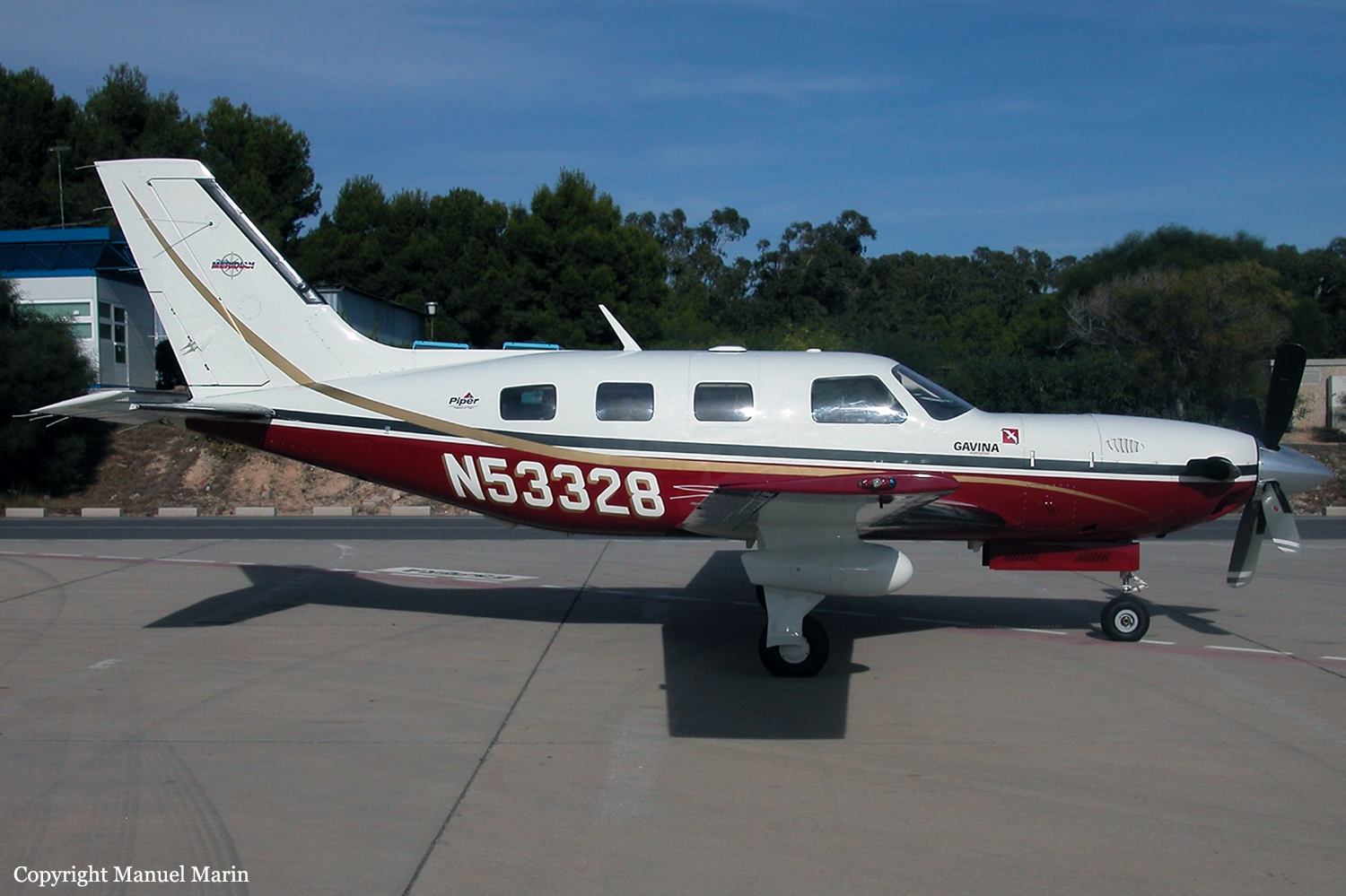
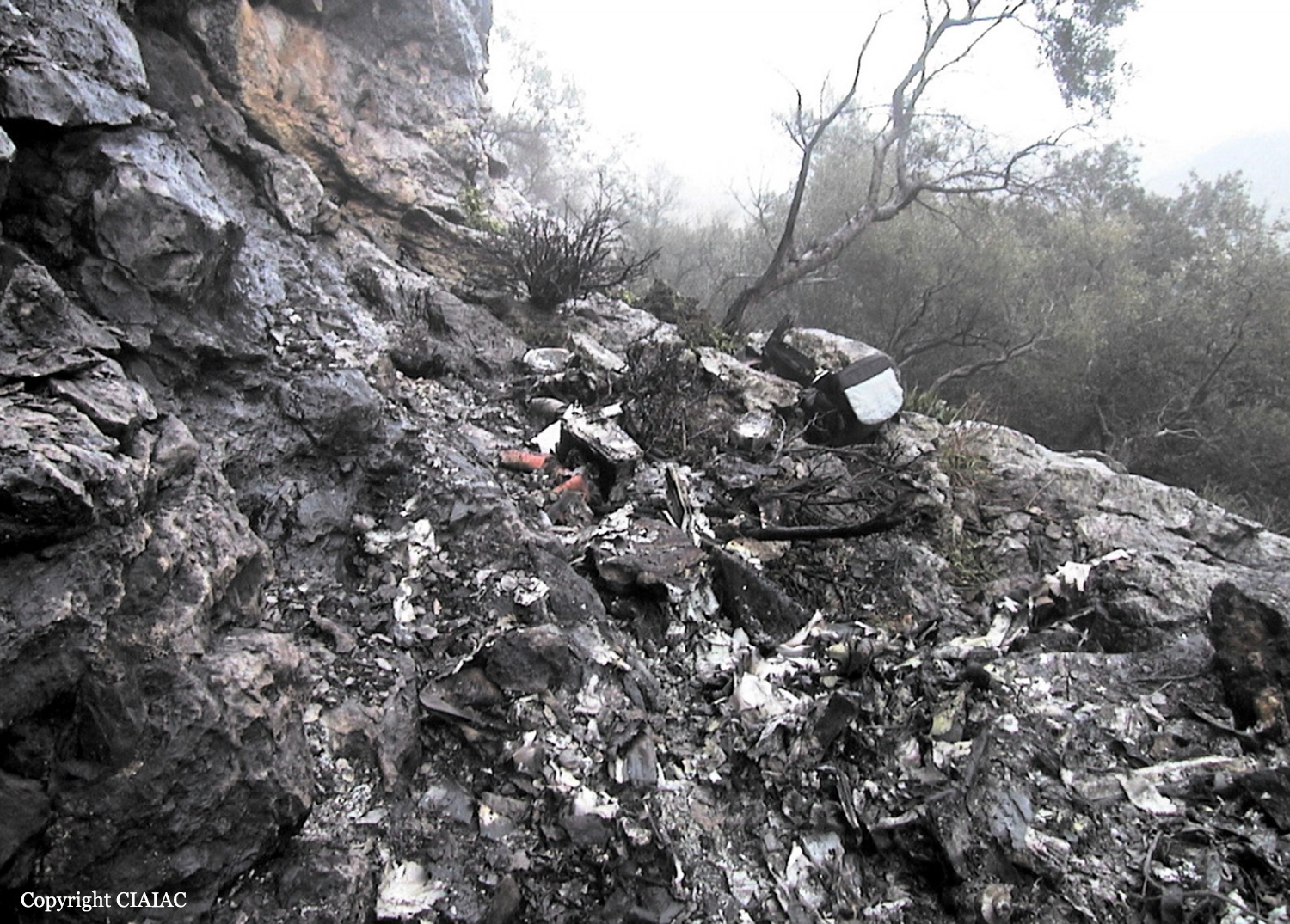
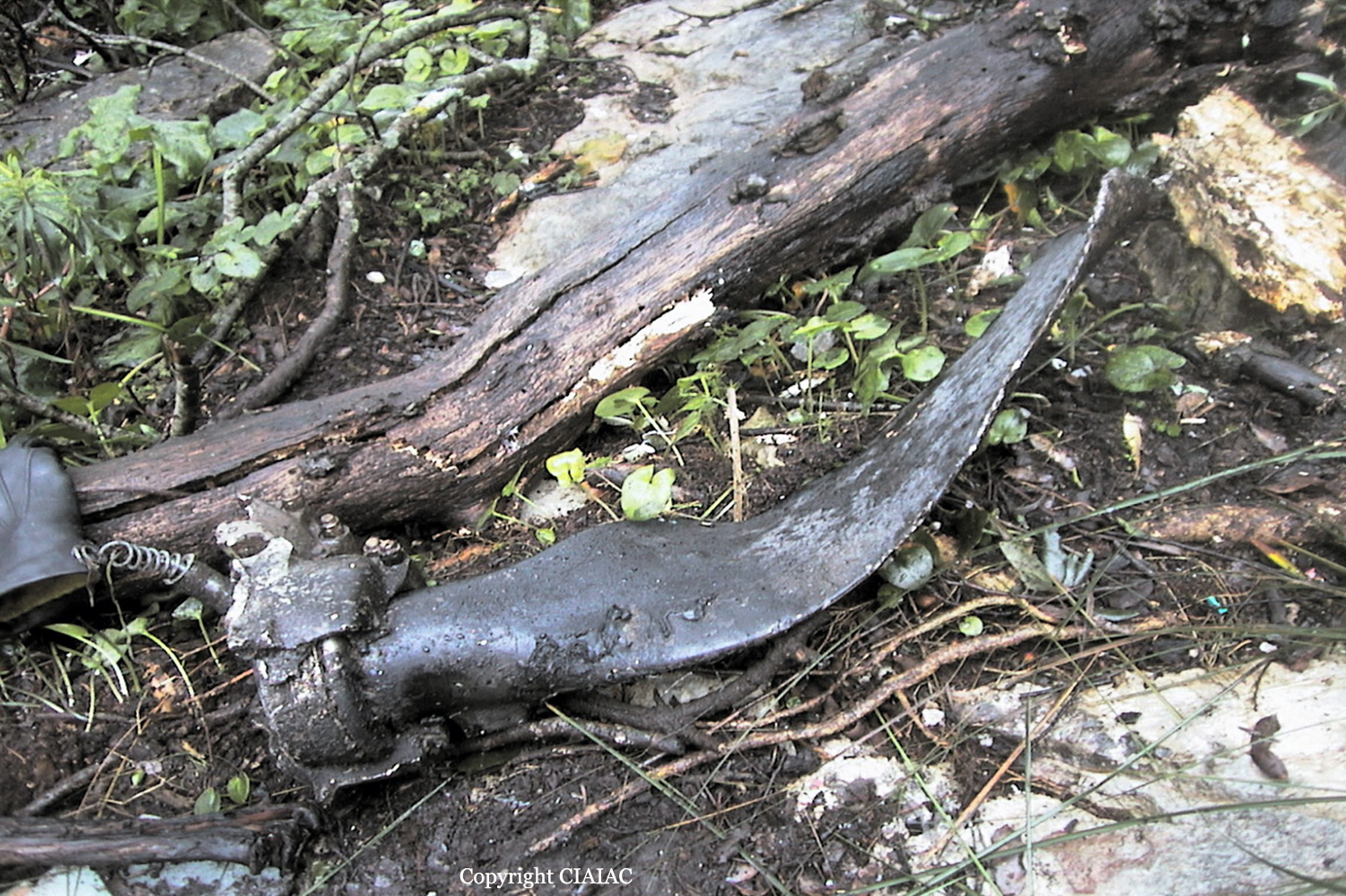
Crash of a Swearingen SA227AC Metro III in Palma de Majorca: 2 killed
Date & Time:
Apr 12, 2002 at 0506 LT
Registration:
EC-GKR
Survivors:
No
Schedule:
Madrid - Palma de Mallorca
MSN:
AC-620
YOM:
1985
Flight number:
TDC306
Crew on board:
2
Crew fatalities:
Pax on board:
0
Pax fatalities:
Other fatalities:
Total fatalities:
2
Captain / Total hours on type:
2162.00
Copilot / Total hours on type:
487
Aircraft flight hours:
29726
Circumstances:
The twin engine aircraft departed Madrid-Barajas Airport at 0338LT on a cargo flight to Palma de Mallorca, carrying two pilots and a load of 1,340 kilos consisting of various goods. On a night approach to Palm Airport runway 24L, the crew completed a last turn when the aircraft stalled and struck the runway surface. Out of control, it veered to the right, collided with a lightning system and came to rest upside down in a grassy area. The aircraft was destroyed and both pilots were killed.
Probable cause:
The accident is considered to have occurred as a result of the aircraft performing a very close turn maneuver performed at night, at low altitude and descending in a non-standard approach, not in accordance with normal procedures and company procedures. The crew could not control the descending aircraft due to a possible start of loss of lift, slip on the turn, or both.
Final Report:
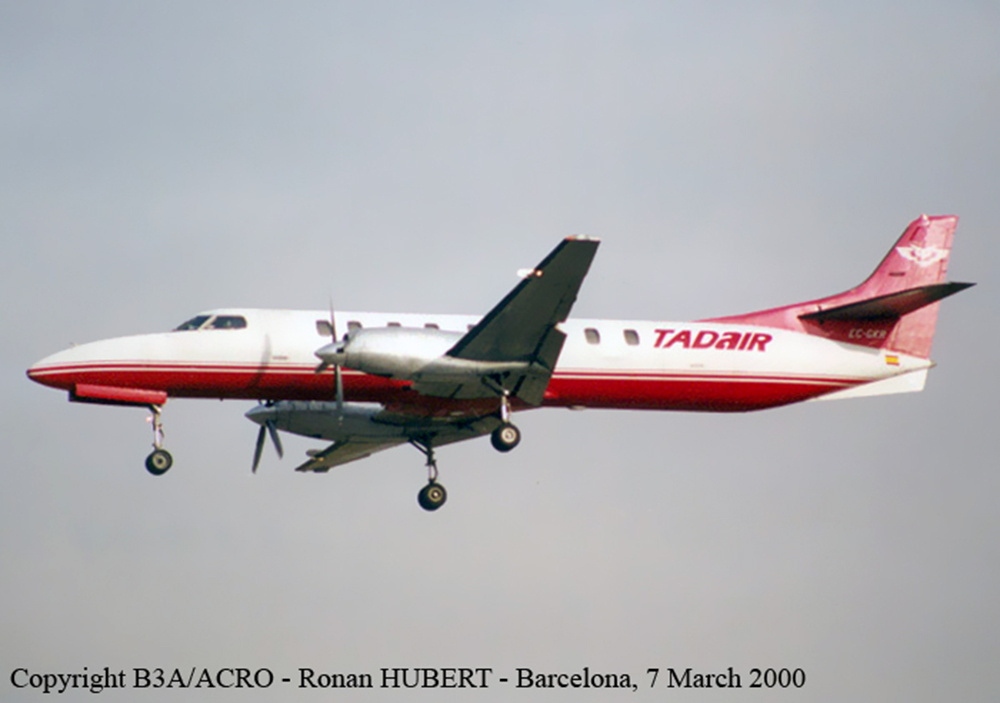

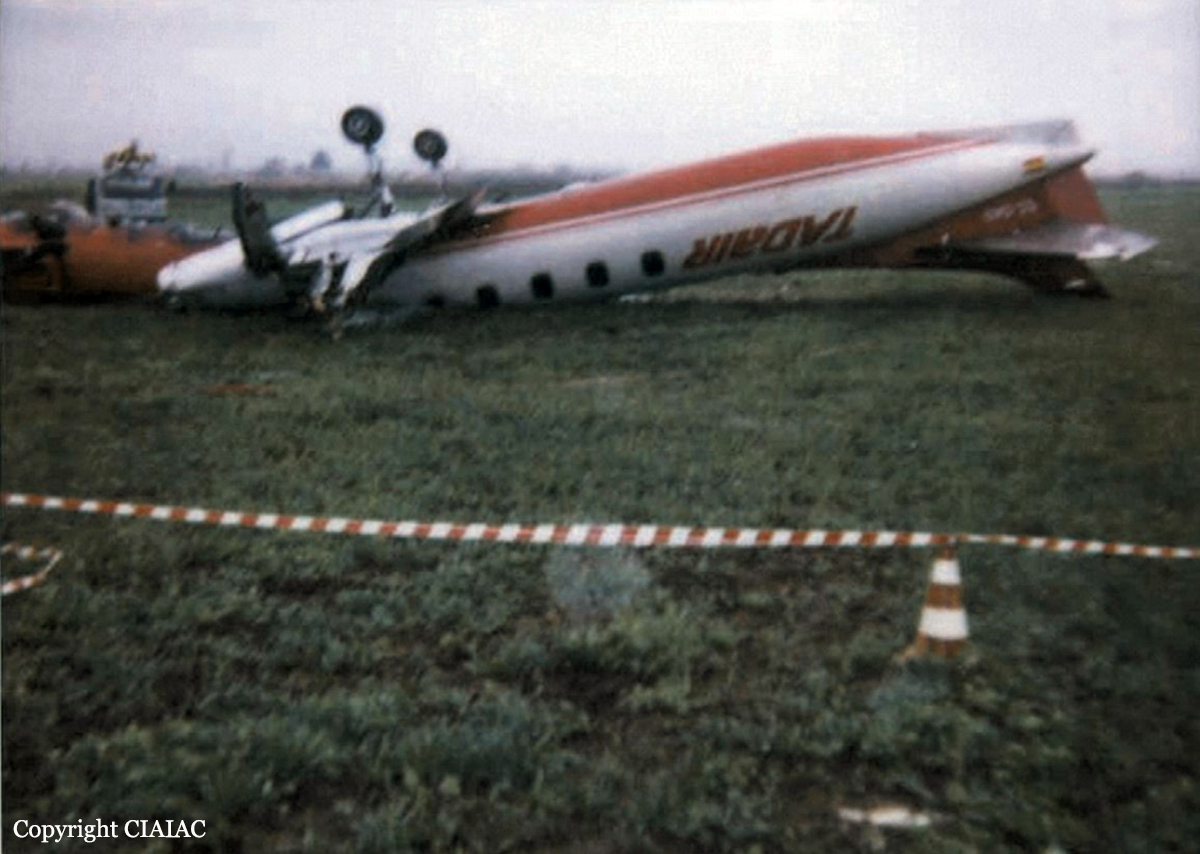
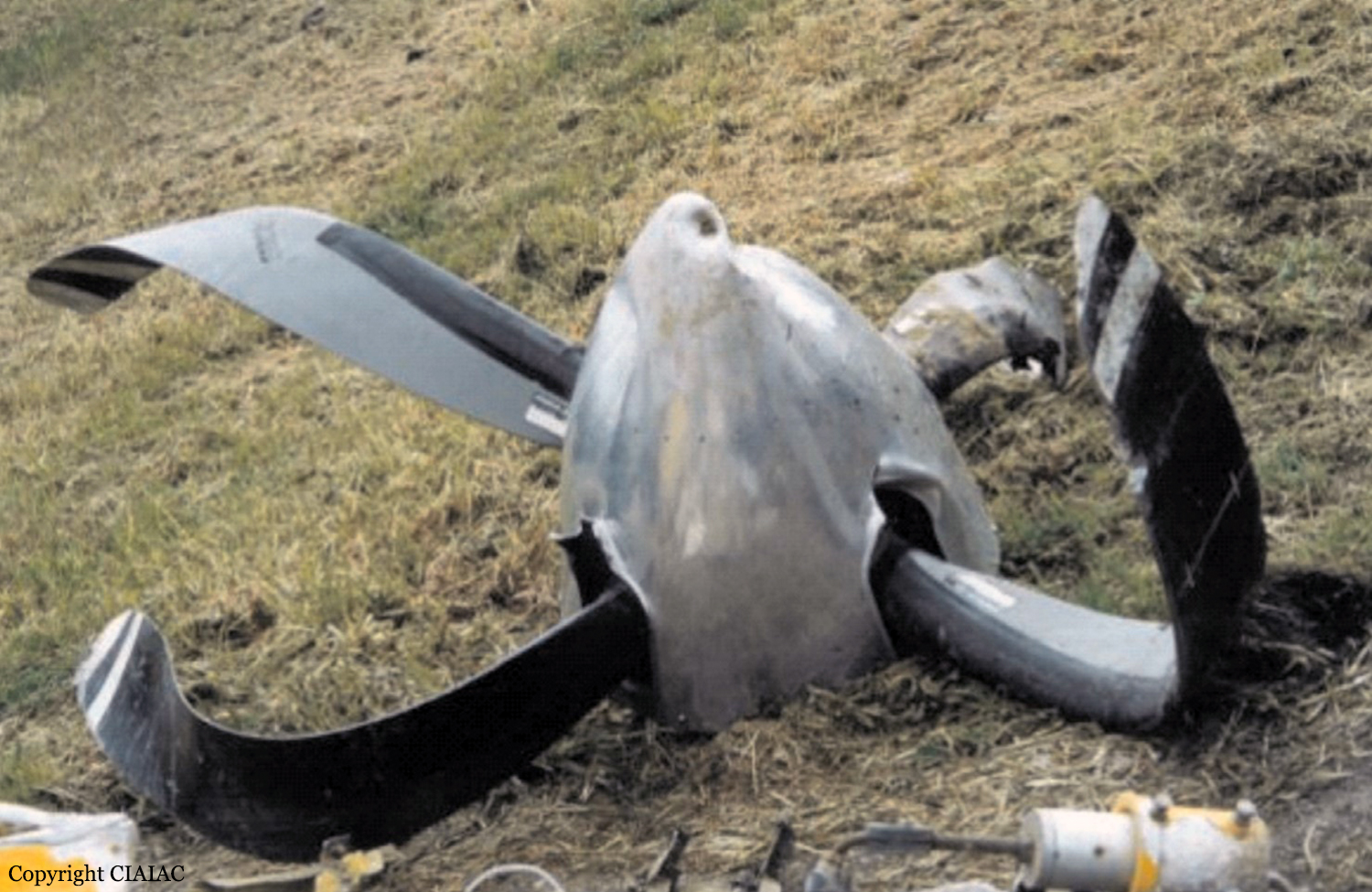
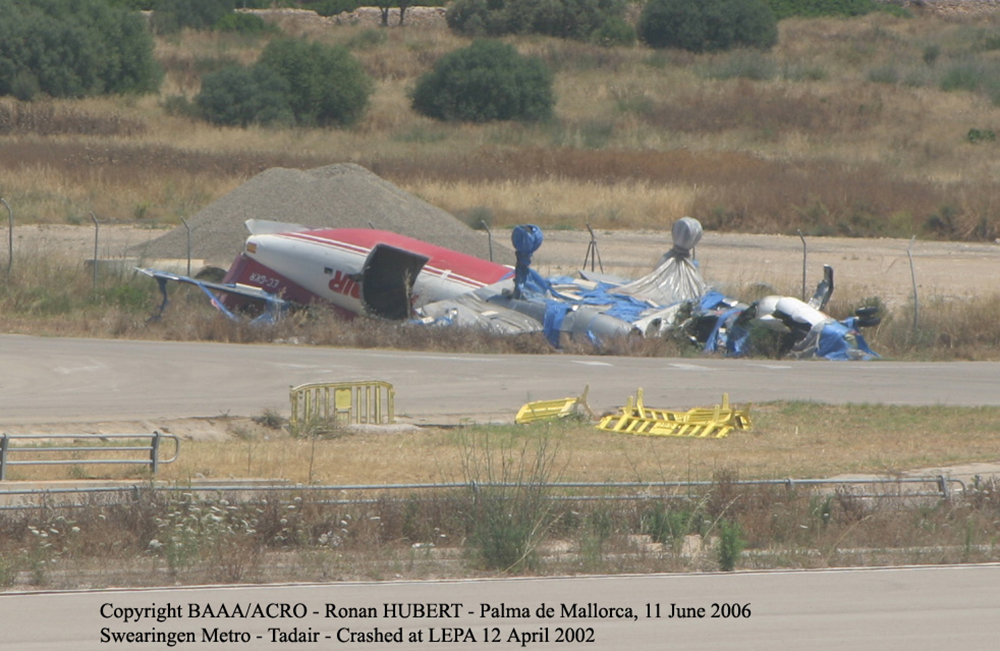
Crash of a Beechcraft B200 Super King Air in Blackbushe: 5 killed
Date & Time:
Dec 23, 2000 at 1351 LT
Registration:
VP-BBK
Survivors:
No
Schedule:
Blackbush - Palma de Mallorca
MSN:
BB-1519
YOM:
1995
Crew on board:
1
Crew fatalities:
Pax on board:
4
Pax fatalities:
Other fatalities:
Total fatalities:
5
Captain / Total hours on type:
1243.00
Circumstances:
The aircraft, with the pilot and four passengers on board, departed Blackbushe from Runway 08 in fog with a visibility of less than 500 metres. As the aircraft reached the upwind end of the runway it was seen to bank to the left before disappearing from view. It crashed 13 seconds later into a factory complex where a major fire ensued. All on board were fatally injured. A substantial amount of the aircraft structure was consumed by fire. Engineering examination of that which remained showed that there was no malfunction found within the engines, propellers or controls that would have affected the flight. Analysis of the cockpit voice recorder however showed a reduction in one of the propellers rpm as the aircraft rotated that would have led to thrust asymmetry. Through a combination of lack of visual reference, confusion as to the cause of the power reduction and possible disorientation the pilot lost control of the aircraft and although he may have realised the situation seconds before impact with the ground there was insufficient height available to effect a safe recovery.
Probable cause:
Whilst the CVR does not provide any comments by the pilot as to the problems he was experiencing, spectral analysis of the CVR recording indicates that a significant difference in propeller rpm occurred at rotation when the pilot would normally have removed his right hand from the power levers. There was no evidence of a malfunction in either engine or the propeller control systems thus it is probable that migration of a power lever(s) occurred due to insufficient friction being set on the power lever friction control. The fiction control had been slackened during recent maintenance and it was possible that it was not adjusted sufficiently by the pilot during his checks prior to takeoff. His simulator training had included engine failures but as far as could be established, the pilot had not encountered or been trained for the situation of power lever(s) migration during takeoff. With his level of experience the pilot should have controlled the resultant asymmetric thrust and in reasonable conditions continued the takeoff to a safe height where analysis of the problem could have been carried out. In the event the takeoff was carried out in extremely low visibility conditions leading to the pilot's total loss of any ground references within seconds of lift off. Having controlled the aircraft initially the lack of visual reference with the ground, possible confusion with attitude instrument bank angle display, physical disorientation brought about by cockpit activity and confusion as to the exact nature of the problem led the pilot to lose control of the aircraft at a low altitude. The unusual attitude developed by the aircraft and the reason for the power asymmetry may have been recognised by the pilot several seconds before impact however there was insufficient height available for him to effect a safe recovery. The transition from visual to instrument flight in the low visibility conditions existing at the time of departure was considered to be a major contributory factor in this accident.
Final Report:
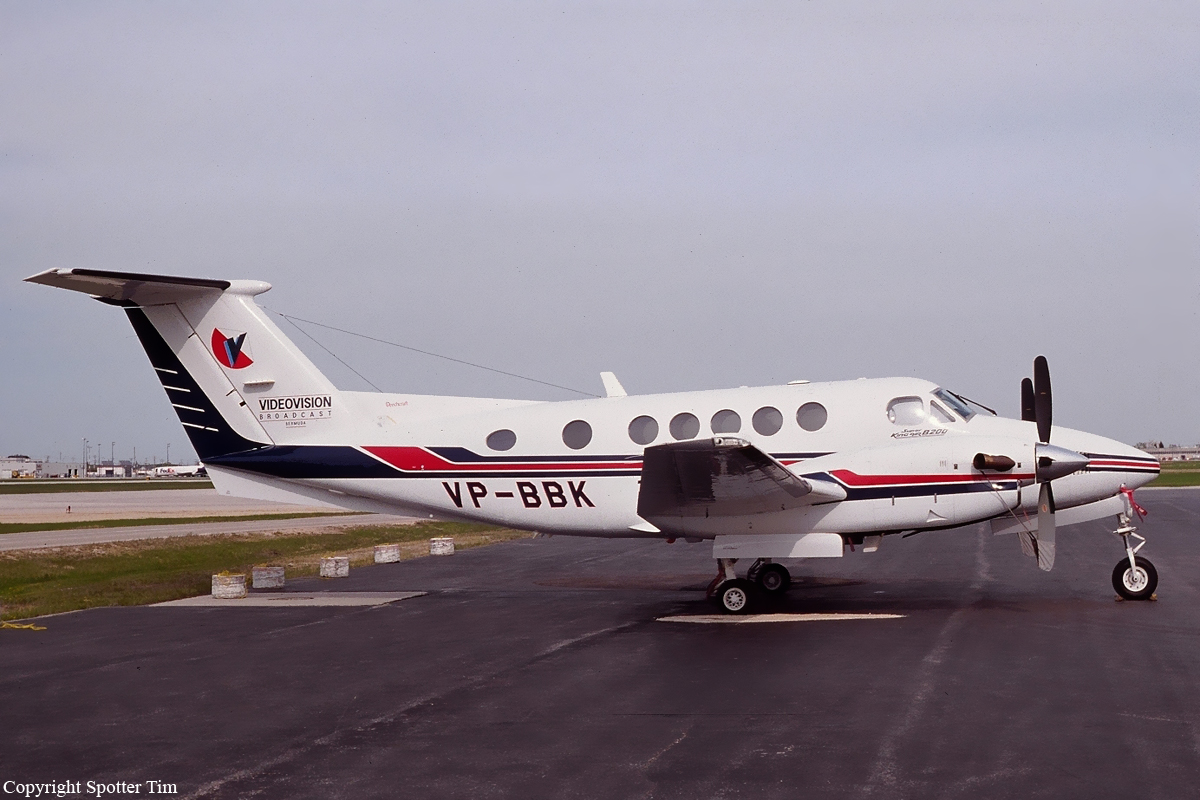
Crash of a Cessna 402B in Palma de Mallorca
Date & Time:
Jun 11, 2000
Registration:
EC-EPK
Survivors:
Yes
MSN:
402B-1036
YOM:
1975
Crew on board:
0
Crew fatalities:
Pax on board:
0
Pax fatalities:
Other fatalities:
Total fatalities:
0
Circumstances:
During the last segment, while completing the flare, the twin engine aircraft landed hard. Upon impact, the undercarriage were torn off and the aircraft slid on its belly for few dozen metres before coming to rest. There were no casualties but the aircraft was damaged beyond repair.




